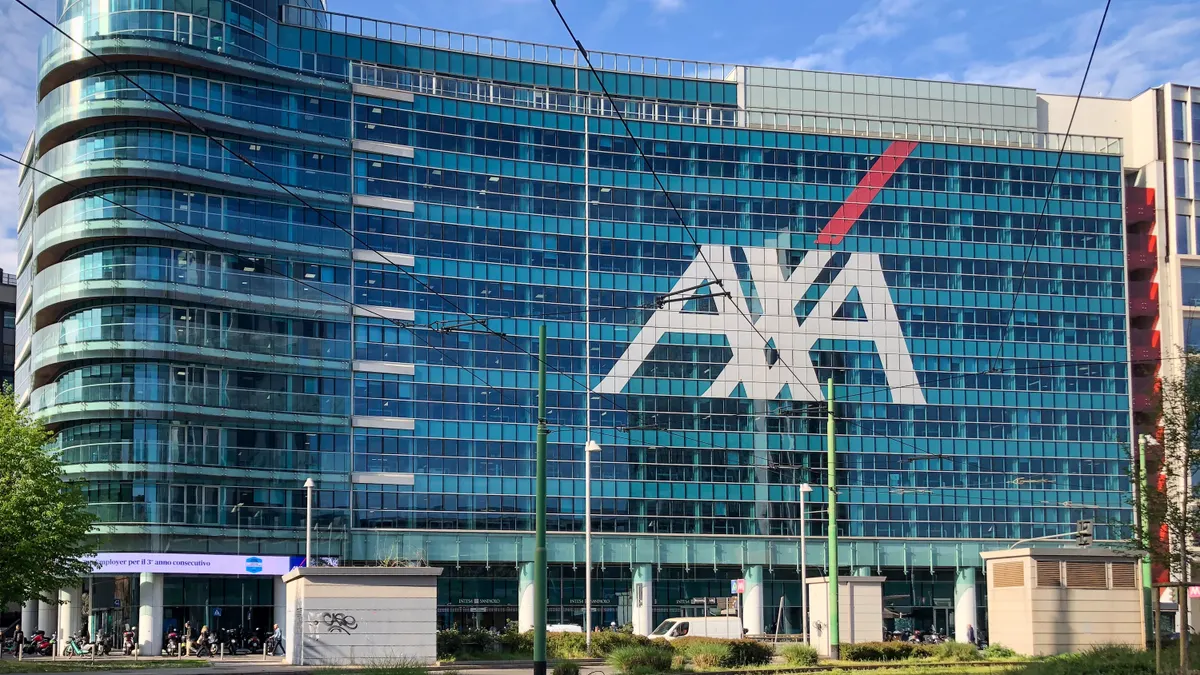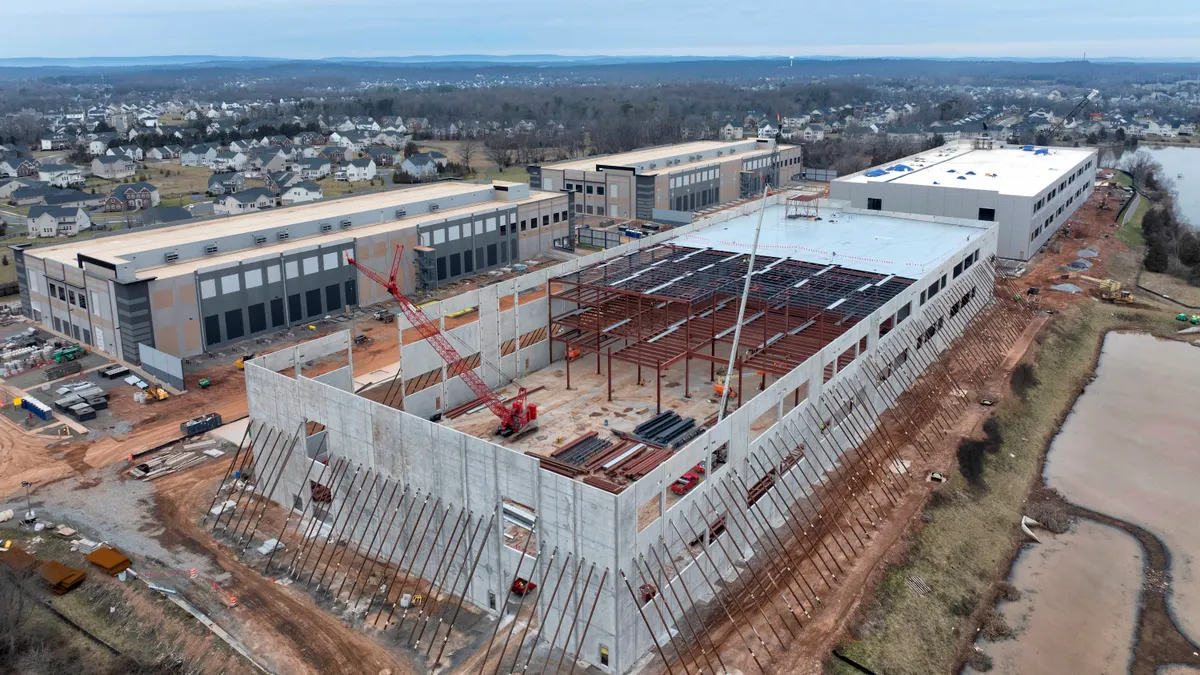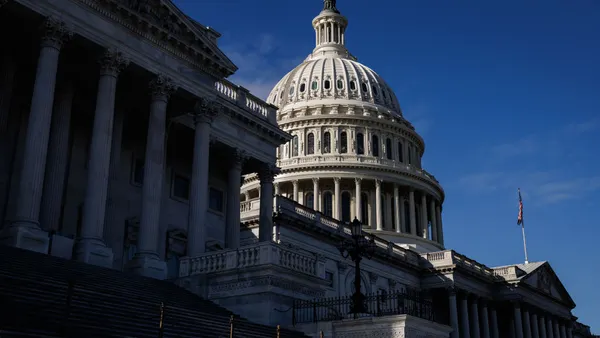Emerging from the pandemic is a CIO with expanded reach beyond running a company's technology infrastructure, one who can serve as a change agent while shaping tech talent attraction and delivering critical tech tools.
"Most of the CIOs I work with are in emergency mode," said Alex Pentland, director of MIT's Connection Science initiative, speaking on an MIT Sloan CIO Digital Learning Series panel Wednesday. From retail to manufacturing, CIOs are tasked with shepherding transformations that lead to survival.
CIOs must play multiple roles for their organizations, even as budgets tighten and organizations expect more from IT.
Tech executives must set their organizations up to succeed next year or the year after that, said Pentland. They're called to make transformation work "just as much or more" than their C-suite counterparts.
Here are five types of leaders businesses need CIOs to play as the effects of the pandemic play out:
A business leader
A CIO needs to have a deep understanding of a company's business strategy, said Rodney Zemmel, global leader of McKinsey Digital, speaking on the panel. This is especially true as companies redefine themselves.
"It's still true that a CIO is a very portable role between companies," said Zemmel. "But if you're a CIO or in a CIO team that has moved into a different industry, it's critical that you understand the business drivers in your industry, and not just the generalized technology."
CIOs' connection and clout within top leadership improved through the crisis. Three-quarters of CIOs educated CEOs and other top brass in the pandemic, Gartner data shows. Two-thirds of CIOs say they gained insight into business operations, according to Gartner.
The tech whisperer
C-suites will continue to seek CIO input on tech decisions, no matter what transformation companies undergo internally, or what changes they need to navigate in their industry.
CIOs will play the role of "not just the tech owner, but tech whisperer who can influence and inform the business leaders, as well as your customers and suppliers," said Zimmel.
The pandemic leads tech whisperers to approach the vendor market with caution, as budgets tighten and expectations rise. Vendors seeking to provide companies with digital products will need to directly address company pain points and tailor offerings to meet their needs, said Sebastian Grady, president at Rimini Street, speaking on the panel.
"CIOs are really going to appreciate those sellers and those companies that could come up with true value propositions that are going to help them and they're actually going to work," said Grady.
The change agent
McKinsey envisions a CIO whose acronym can also stand for "chief influencing officer" — an executive who can use technology to break silos and encourage technology product adoption throughout the organization.
In the pandemic, CIOs can't simply wait until strategies are shaped, then ask what technologies are required, Zimmel said. Instead, CIOs must infuse tech into strategy discussions.
Executives were first tasked with enabling the productivity, efficiency and safety of employees, before taking on longer transformative work, said Grady.
The cultural revolutionary
Businesses are past the point of pivoting to remote work. In fact, some businesses are already setting deadlines for when staff might return to the office.
What businesses are currently assessing is how to ensure the stop-gap measures put in place as the pandemic unfolded can become sustainable. It's here that the CIO can help build a "truly collaborative" organizational culture, one that ties together IT, business and control functions to drive change, said Zemmel.
As that influence takes hold, CIOs must mind the human element of the pandemic, said James Manyika, senior partner at McKinsey & Company. It's dangerous to assume every worker is remote-ready.
"The picture of the worker landscape is actually very important, because CIOs are having to create the digital infrastructure," said Manyika." As people work from home, I think the nature of the IT architecture itself has had to shift."
The talent scout
CIOs need to prepare for the scarcity of tech talent to accelerate in the pandemic. Internal and external strategies will require attention from the tech executive.
"This is a world where great talent is going to be rare and is going to be more valuable," said Zemmel.
A CIO's ability to "focus on attracting and cultivating great talent" externally as well as retaining and retraining internal talent will be a prized skill in the aftermath of the pandemic, Zemmel said.






















